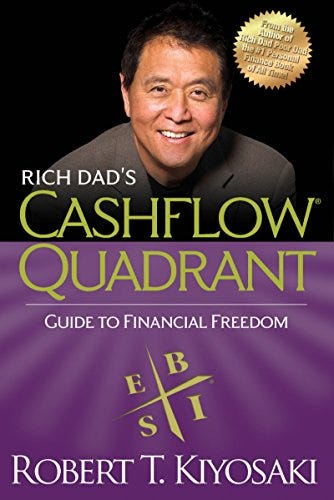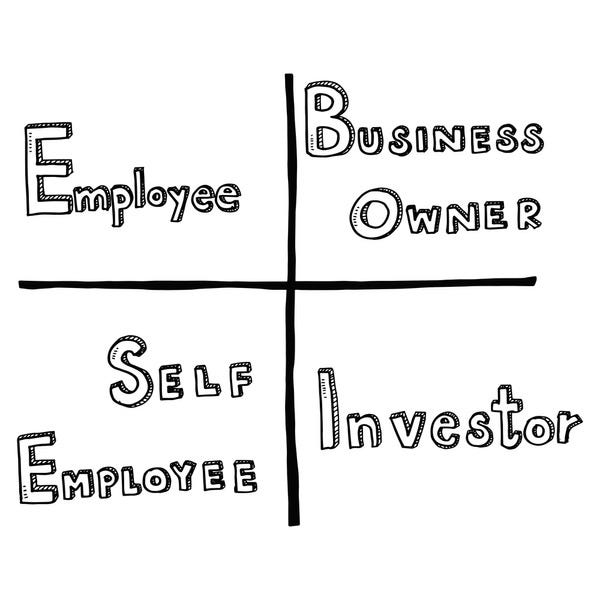My first introduction to Robert Kiyosaki came from listening to the audiobook version of “Rich Dad Poor Dad” in my teenage years. From the start of the book, I was hooked. I listened to the first book and almost every released title available in audiobook format that followed.
While I know Robert has his critics, I will give the man the credit he deserves. He was instrumental in broadening my knowledge of how to think about money. He also helped clarify some of the language I heard among family members who operated the “Family business” for years.
His writings helped me understand the nature of leverage from a deeper perspective. In my opinion, his books provide excellent value for the individual or small Family trying to grasp the basics of business and financial literacy.
While a great deal can be learned by osmosis within an enterprising Family, you must take those initial golden nuggets and expand on them by supplementing your exposure with the vast amount of information and resources available today.
Let’s get to the Point.
I bring this up because one particular book in his line-up really helped me understand where my probabilities of wealth creation would come from. I am speaking of “Rich Dad’s CASHFLOW Quadrant: Rich Dad’s Guide To Financial Freedom.”
While listening to the book, I reflected on the history of businesses in my Family and saw the direct correlation between wealth creation and being a business owner/ investor.
The Cashflow Quadrant
This article will only discuss some of the book’s content. I will extract the core concept. While I will be brief here, I strongly suggest reading about Robert’s work in this area. I have added a short You Tube video of the man himself explaining the Cashflow Quadrants.
Robert suggests that everyone generates cash flow via four categories he classifies as “Quadrants” and that each quadrant has with it advantages and disadvantages especially when it comes to taxation.
These are Employee (E), Self-Employed (S), Business (B), and Investor (I).
The illustration of the quadrant looks like this:
Robert’s condensed thoughts on each quadrant are the following:
“The Employee” works for a business owned by someone else, exchanging time, energy, and skills for a paycheck and benefits. However, their income depends on the employer’s success, leading to a lack of control over financial destiny, security, and freedom.
“The self-employed” own their jobs and have more control over their work than employees. However, their income still stops when they stop working. While self-employment offers more autonomy, it also entails greater responsibility and often requires working harder and longer, potentially leading to burnout and fatigue over time.
“The Business Owner” owns systems and leads people, allowing the business to operate successfully without their constant involvement. Both self-employed owners and business owners can run similar types of businesses. For instance, a welder could either own and work in their own welding business, or a business owner could establish a welding business and hire staff to manage its systems and operations.
“The Investor” owns assets that generate income, providing passive income streams. Investors typically accumulate money from other quadrants and let it work for them to create further income. They often invest in businesses owned by those in the business owner quadrant, which fuels the growth of these businesses and leads to increased income for all parties involved.
Robert strongly advocates for the “Business Owner” and “Investor” quadrants as the ones responsible for massive wealth creation.
Here is what I want to say to you:
Keep reading with a 7-day free trial
Subscribe to The Nano Family Office to keep reading this post and get 7 days of free access to the full post archives.





